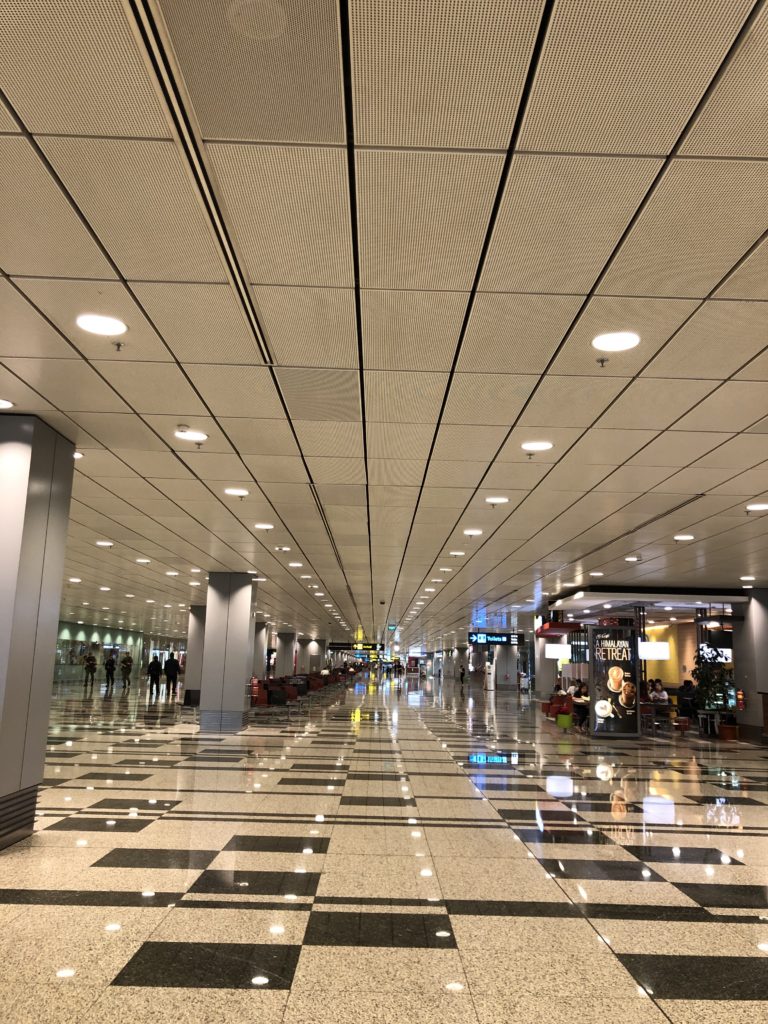I report from Singapore on new cases of Covid-19 exploded among migrant workers who live in the country’s far-flung dormitories. Human rights watchers say these developments should be no surprise.

Hailed as a model for its early success in containing the spread of coronavirus, Singapore is now having to explain an alarming surge in infections—more than 75 percent of which are among low-paid migrant workers who live in shared dormitories. The sudden rise in cases not only shines a spotlight on the difficult lives of Singapore’s often invisible foreign laborers but also foreshadows how difficult it will be for any country to eradicate a virus that has brought the world to a standstill.
From its first reported case on Jan. 23, Singapore had until March 21 recorded only 390 infections with zero deaths, earning praise from the World Health Organization. Then, over the past week, the numbers soared.
On April 18, the Ministry of Health (MOH)’s website announced the highest number of new COVID-19 cases in a single day: There were 942 new recorded infections with 893 of these among migrant workers. Singapore now has the largest infected population in Southeast Asia with a total of 6,588 cases; 4,706, or about 71.4 percent of cases, are among the country’s foreign workers who work as cleaners, construction workers, and laborers.